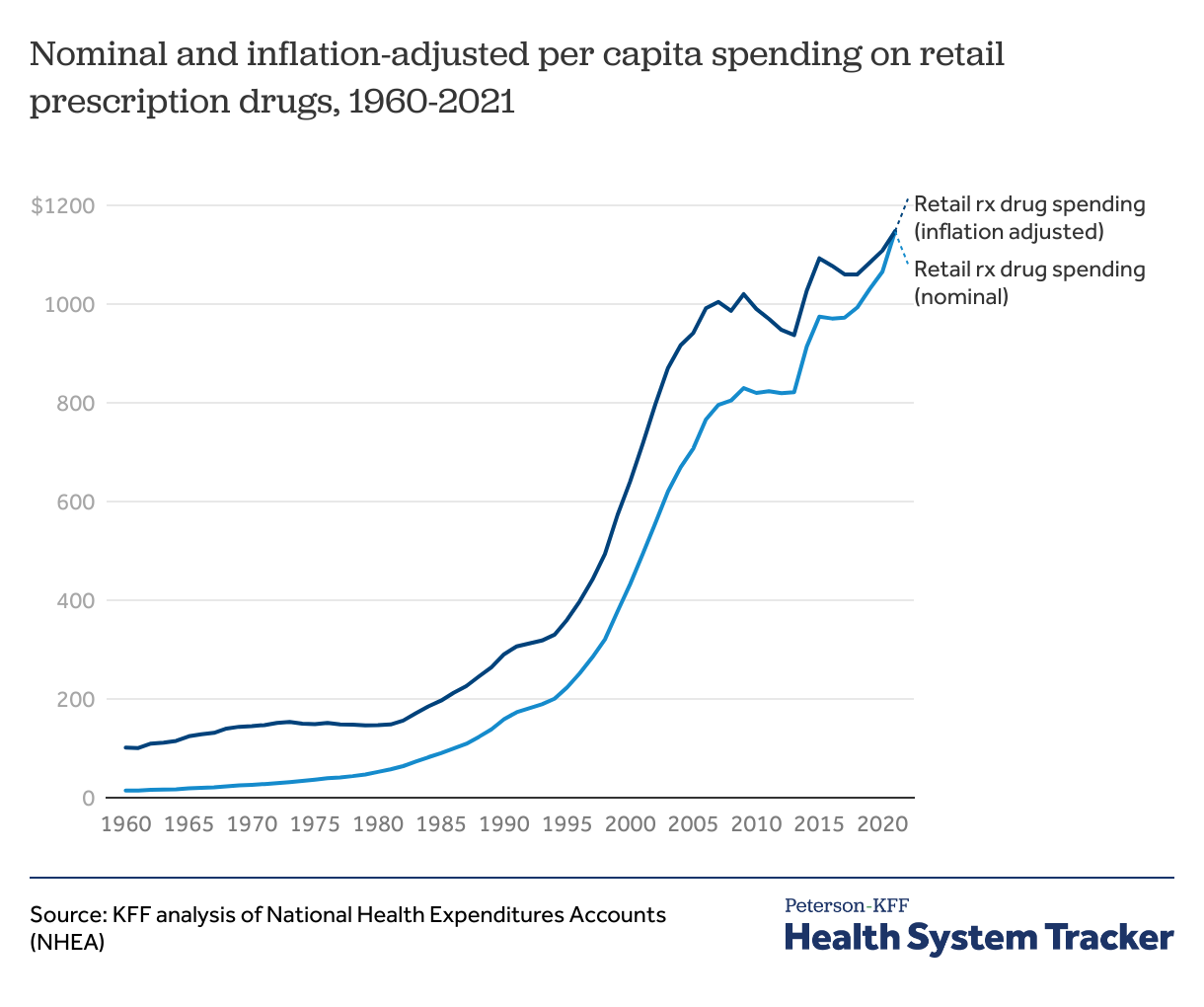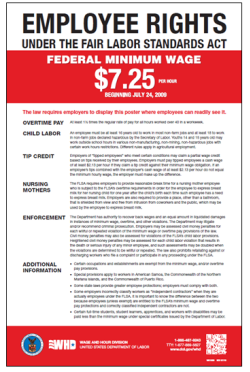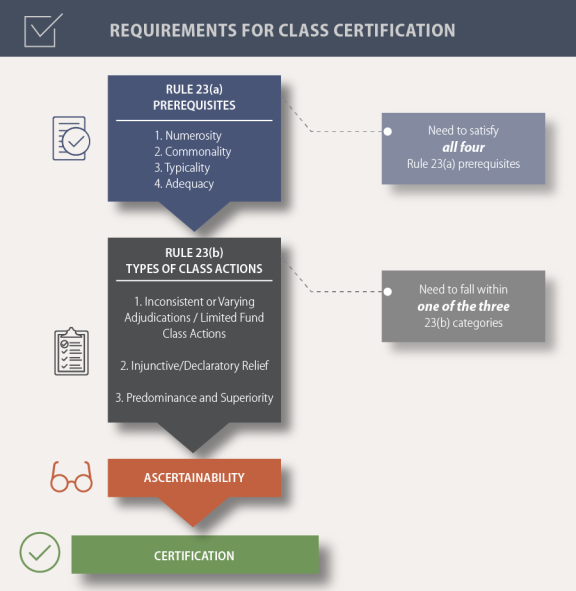Over 9,000 Walgreens stores serve millions of customers daily across the United States. I remember my first visit to a Walgreens as a college student, picking up a prescription. Little did I know then that this familiar pharmacy chain would be at the center of a massive class action lawsuit. This legal battle has far-reaching implications for consumers, employees, and the entire pharmaceutical industry.

Source: walgreensbootsalliance.com
The Walgreens class action lawsuit has become a significant legal battle in the pharmaceutical industry. At its core are accusations of systematic overcharging for prescription medications, particularly affecting insured patients. Multiple cases have been consolidated into a complex multi-district litigation process, adding layers of complexity to an already intricate legal situation.
In a recent development, Walgreens agreed to a $100 million class action lawsuit settlement to resolve claims it charged insurance companies more than it should have for prescription drugs. This settlement benefits consumers and entities who paid for one or more prescription drugs from Walgreens between January 1, 2007, and November 18, 2024, and used prescription insurance benefits to fill the prescription.
Table of Contents
- The Genesis of the Lawsuit
- Pricing Discrepancies and Consumer Impact
- Employee-Related Claims
- Legal Proceedings and Settlement Negotiations
- Broader Implications for the Pharmaceutical Industry
- Steps for Affected Individuals
The Genesis of the Lawsuit
The Walgreens class action lawsuit originated from a complex set of allegations involving the company’s business practices, pricing strategies, and employee treatment. These issues have culminated in a legal battle that could reshape how pharmacies operate and interact with customers and employees.
The lawsuit encompasses multiple areas of concern, including pricing discrepancies and labor law violations. Plaintiffs allege systematic issues in Walgreens’ business model, potentially affecting millions of customers and employees. The scope of these allegations is vast, touching on various aspects of Walgreens’ operations.
One of the most significant aspects of the lawsuit is the claim of pricing discrepancies. Plaintiffs argue that Walgreens maintained separate pricing systems for cash-paying and insured customers, leading to potential overcharging. This practice, if proven true, could have violated state and federal laws governing fair pricing in healthcare.
The employee-related claims add another layer to the lawsuit. Allegations of widespread wage and hour violations across Walgreens stores have surfaced, including claims of unpaid overtime and denied rest breaks. These issues potentially affect thousands of current and former employees, highlighting the far-reaching impact of the lawsuit.
In a recent development, the United States government has filed a lawsuit against Walgreens, alleging the pharmacy chain filled millions of invalid opioid prescriptions in violation of federal law. This adds another dimension to the ongoing legal challenges faced by the company.
Source: defense.gov
Pricing Discrepancies and Consumer Impact
At the heart of the Walgreens class action lawsuit are accusations of systematic overcharging for prescription medications. This alleged practice has particularly affected insured patients and potentially violated fair pricing practices. The lawsuit claims Walgreens maintained separate pricing systems for cash-paying and insured customers, raising questions about the fairness and transparency of their pricing model.
The implications of these allegations are significant. If proven true, they suggest potential violations of state and federal laws governing fair pricing in healthcare. This could have far-reaching consequences not just for Walgreens, but for the entire pharmaceutical retail industry.
| Aspect | Alleged Practice | Potential Impact |
|---|---|---|
| Pricing System | Dual pricing for cash and insured customers | Higher costs for insured patients |
| Government Programs | Possible fraudulent claims | Increased taxpayer burden |
| Consumer Trust | Lack of transparency | Erosion of customer loyalty |
Usual and Customary Pricing Manipulation
The dual pricing system allegedly operated by Walgreens is a key point of contention in the lawsuit. This system purportedly allowed Walgreens to charge higher prices to insurance companies and government programs. The consequences of this practice, if proven, are significant.
For insured patients, this could have resulted in higher co-pays, effectively making them pay more than necessary for their medications. Insurance providers, too, may have been burdened with inflated costs, potentially leading to higher premiums for all insured individuals.
Consider a scenario where a generic medication costs $10 for a cash-paying customer but is billed at $50 to an insurance company for an insured patient. The insured patient might end up paying a $20 copay, twice the cash price, while their insurance company covers the remaining inflated cost. This example illustrates the potential financial impact on both individuals and the broader healthcare system.

Source: datawrapper.de
Impact on Medicare and Medicaid
The lawsuit’s implications extend beyond individual consumers to government healthcare programs. Claims suggest that Walgreens’ pricing practices may have resulted in fraudulent claims to Medicare and Medicaid. This alleged fraud could have significant implications for taxpayers and program beneficiaries.
Overcharging government programs like Medicare and Medicaid is a violation of the False Claims Act. The potential consequences of such violations are severe, including substantial fines and penalties. If proven, these allegations could result in a significant financial blow to Walgreens and set a precedent for increased scrutiny of pharmaceutical pricing practices.
The impact on government programs raises broader questions about the oversight and regulation of pharmaceutical pricing. How can we ensure that companies are not exploiting these systems at the expense of taxpayers and beneficiaries? This aspect of the lawsuit could potentially lead to stricter regulations and monitoring of pharmaceutical pricing practices.
Source: youtube.com
Employee-Related Claims
The Walgreens class action lawsuit isn’t just about pricing – it also includes significant allegations of labor law violations. These claims focus on how Walgreens treated its employees in terms of compensation and working conditions, potentially affecting thousands of current and former employees.

Source: dol.gov
Unpaid Overtime Claims
One of the major employee-related issues in the lawsuit involves claims of unpaid overtime. Some employees allege they were wrongly classified as exempt from overtime pay, leading to significant wage losses. This misclassification, if proven, would be a violation of federal and state labor laws.
The Fair Labor Standards Act (FLSA) sets strict guidelines for employee classification and overtime pay. Misclassification can result in substantial back pay and penalties for employers. The implications of these claims are significant, not just for Walgreens, but for the entire retail pharmacy sector.
For example, a pharmacy technician working 50 hours per week but classified as exempt might lose out on 10 hours of overtime pay each week. Over a year, this could amount to thousands of dollars in unpaid wages. This scenario illustrates the potential scale of the issue and its impact on individual employees.
Rest Break Violations
Another critical aspect of the employee-related claims involves rest break violations. Employees claim they were often required to work through legally mandated rest periods without compensation. This practice, if true, violates labor laws in many states.
Many states require employers to provide paid rest breaks for employees working certain hours. Denying these breaks or requiring work during them can lead to significant legal liabilities for employers. The alleged violations at Walgreens raise questions about workplace practices in the retail pharmacy industry as a whole.
These claims highlight the importance of adhering to labor laws and respecting employee rights. They also underscore the need for clear policies and procedures regarding breaks and overtime in high-pressure retail environments like pharmacies.

Source: amazon.com
Legal Proceedings and Settlement Negotiations
The Walgreens class action lawsuit involves multiple cases consolidated into a complex multi-district litigation process. This consolidation aims to streamline the legal proceedings and facilitate potential settlements. Multi-district litigation allows for more efficient handling of complex cases with multiple plaintiffs, which is crucial given the scope of the allegations against Walgreens.
The consolidation process can significantly impact the scope and potential outcomes of the lawsuit. It brings together various claims under a single legal umbrella, potentially increasing the leverage of plaintiffs in settlement negotiations.
Speaking of settlements, Walgreens has engaged in talks, proposing various compensation structures for affected parties. These negotiations are crucial in determining the potential resolution of the lawsuit. Class action settlements often involve complex formulas for distributing compensation to affected individuals. The terms of any settlement would need court approval and may include provisions for changes in Walgreens’ business practices.
A recent development in this regard is the $100 million settlement reached to resolve a class action that alleged Walgreens overcharged insured customers for generic prescription medications. This settlement, if approved, could provide compensation to eligible consumers and entities.
The final approval hearing for the Walgreens settlement is scheduled for September 10, 2025. This date is crucial for affected individuals to keep in mind as they consider their options and potential next steps.

Source: website-files.com
Ongoing Litigation Challenges
A key aspect of the legal proceedings involves determining which groups of plaintiffs can be certified as a class. This certification process can significantly affect the scope and impact of the lawsuit. Class certification requires meeting specific legal criteria, including commonality of claims among plaintiffs.
The outcome of class certification can dramatically influence the bargaining power of plaintiffs in settlement negotiations. If a large class is certified, it could potentially increase the pressure on Walgreens to reach a comprehensive settlement.
| Litigation Stage | Key Considerations | Potential Outcomes |
|---|---|---|
| Class Certification | Commonality of claims | Expanded or limited scope of lawsuit |
| Settlement Negotiations | Compensation structure | Changes in business practices |
| Court Approval | Fairness to all parties | Final settlement terms |
The legal challenges in this case are multifaceted. They involve not just the merits of the claims against Walgreens, but also complex procedural issues related to class certification and settlement negotiations. These challenges highlight the intricacies of large-scale litigation against major corporations.
Broader Implications for the Pharmaceutical Industry
The Walgreens lawsuit has drawn attention to industry-wide practices, potentially leading to increased regulatory oversight of pharmaceutical pricing and retail practices. This case could set precedents for how pharmacies price medications and interact with insurance companies, potentially reshaping the entire landscape of pharmaceutical retail.

Source: nqa.com
Transparency in Pricing
One of the most significant potential outcomes of this lawsuit could be new industry standards for transparent and consistent pricing practices across pharmacies. This shift could lead to substantial changes in how medications are priced and billed.
Increased transparency could involve clearer disclosure of pricing structures to consumers and insurance providers. We might see new standards requiring pharmacies to justify price differences between cash and insured customers. This could potentially lead to more uniform pricing across different pharmacies, benefiting consumers and reducing confusion.
Implementing these changes would require significant adjustments to pharmacy management systems. It’s a complex undertaking, but one that could result in fairer pricing practices across the board. The challenge lies in balancing transparency with the complexities of insurance contracts and varying medication costs.
Employee Rights in Retail Pharmacy
The employee-related aspects of the lawsuit could spark broader discussions about working conditions and compensation in the retail pharmacy sector. This might lead to industry-wide changes in labor practices, particularly regarding overtime pay and rest breaks.
The lawsuit could prompt a review of employee classification practices across the pharmacy industry. We might see stricter enforcement of labor laws in retail pharmacy settings, potentially leading to improved working conditions for pharmacy staff across the board.
These changes could have a ripple effect, influencing how pharmacies staff their stores and manage employee schedules. It might lead to increased costs for pharmacies in the short term, but could result in a more satisfied and productive workforce in the long run.

Source: digitaldocumentsdirect.com
Steps for Affected Individuals
If you believe you may be affected by the Walgreens class action lawsuit, there are several important steps to consider. These steps can help you understand your rights and potential for compensation.
Firstly, determine your eligibility. This may depend on factors such as when and where you purchased medications from Walgreens. Review your history with the company to see if you fall within the affected time period and categories.
Next, gather documentation. Collect receipts, insurance claims, and employment records if applicable. The claims process in class action lawsuits often requires specific documentation and adherence to strict deadlines, so being prepared is crucial.
Stay informed about the progress of the lawsuit. Monitor official court websites and authorized class action information sources for updates. This will help you stay aware of any developments that might affect your rights or potential compensation.
Consider seeking legal counsel. While Ultra Law specializes in personal injury cases rather than class action lawsuits, consulting with a qualified attorney can help you understand your rights and potential compensation. They can guide you through the complexities of the legal process and ensure you’re taking the right steps to protect your interests.
If a settlement is reached, be prepared to file a claim. Follow the prescribed process to submit your claim within the specified deadline. This usually involves filling out forms and providing the documentation you’ve gathered.
Here’s a checklist to help you stay organized:
- □ Determine eligibility: Review your history with Walgreens to see if you fall within the affected time period and categories.
- □ Gather documentation: Collect receipts, insurance claims, and employment records if applicable.
- □ Stay informed: Monitor
- □ Stay informed: Monitor official court websites and authorized class action information sources for updates.
- □ Consider legal counsel: Consult with a qualified attorney to understand your rights and potential compensation.
- □ File a claim: If a settlement is reached, follow the prescribed process to submit your claim within the specified deadline.
Remember, class action lawsuits can be complex and time-consuming. Patience and diligence are key as you navigate this process. Don’t hesitate to seek professional help if you find the process overwhelming or confusing.
While our focus at Ultra Law is on personal injury cases, we understand the importance of strong legal representation when facing large corporations. Our commitment to client-first advocacy and relentless pursuit of justice aligns with the needs of individuals affected by complex legal battles. If you find yourself in need of legal support for a personal injury case, our dedicated team is ready to fight for your rights with the same vigor and commitment demonstrated in large-scale litigation.
Key Learnings Recap
The Walgreens class action lawsuit involves allegations of overcharging customers and labor law violations. This case shines a spotlight on potential industry-wide issues in pharmaceutical pricing and employee treatment. It’s crucial for affected individuals to stay informed and consider seeking legal advice to understand their rights.
This legal battle could catalyze significant changes in pharmacy pricing practices and labor standards. The multi-district litigation and class certification processes play pivotal roles in shaping the legal proceedings. If approved, the Walgreens settlement may provide compensation to eligible consumers and entities.
The lawsuit alleges that Walgreens’ pricing practices may have led to fraudulent claims submitted to government healthcare programs. This aspect of the case carries weighty implications for both taxpayers and program beneficiaries. Submitting false claims to government programs can trigger severe penalties under the False Claims Act. The potential financial impact on Medicare and Medicaid could be substantial if the allegations are proven true.
A critical phase in the legal proceedings involves determining which groups of plaintiffs can be certified as a class. This process can dramatically influence the scope and potential outcomes of the lawsuit. Class certification requires demonstrating common issues among plaintiffs that outweigh individual differences. The size and composition of certified classes can significantly affect settlement negotiations and potential damages.

Source: everycrsreport.com
The Walgreens lawsuit might catalyze new industry standards for transparent and consistent pricing practices across pharmacies. This shift could revolutionize how medications are priced and billed. Implementing transparent pricing policies may require significant changes to pharmacy management systems. Standardized pricing practices could potentially reduce disparities in medication costs across different pharmacies.
The employee-related aspects of the lawsuit might ignite broader discussions about working conditions and compensation in the retail pharmacy sector. These conversations could lead to industry-wide changes in labor practices. The lawsuit might prompt a reevaluation of overtime exemption criteria in the pharmacy industry. Potential outcomes could include stricter enforcement of rest break regulations in retail pharmacy settings.
At Ultra Law, we understand the challenges individuals face when dealing with large corporations. While our expertise lies in personal injury law rather than class actions, we’re equipped to handle complex legal situations that require meticulous attention to detail and a comprehensive understanding of the law.
Have you been injured due to someone else’s negligence? Whether it’s a medication error, a workplace incident, or any other type of personal injury, we’re here to support you. Our team is dedicated to protecting your rights and ensuring you receive the compensation you deserve.
We invite you to contact us for a complimentary consultation. We’ll thoroughly assess your case, outline your options, and walk you through the legal process with the same level of commitment and expertise we apply to all our cases.





